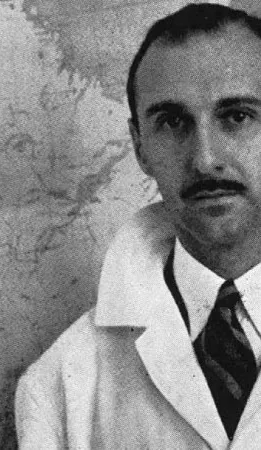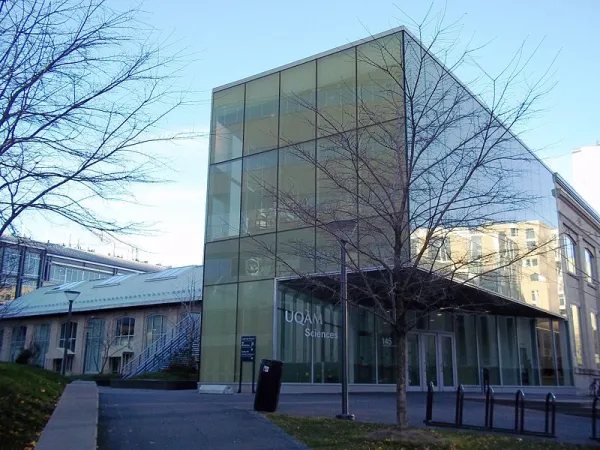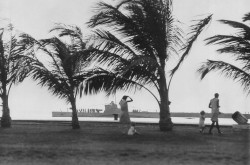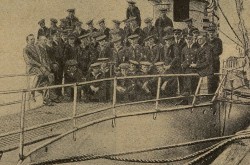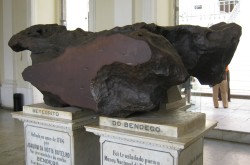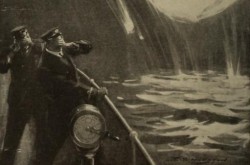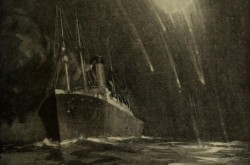Connecting the dots: discovering our ecology
This article was originally written and submitted as part of a Canada 150 Project, the Innovation Storybook, to crowdsource stories of Canadian innovation with partners across Canada. The content has since been migrated to Ingenium’s Channel, a digital hub featuring curated content related to science, technology and innovation.
Bryson Masse
Algonquin College Journalism Program
Canada is home to many of the influential voices that speak against the unrestricted use of our world’s limited resources. One of those voices is Pierre Dansereau. In a time where ecology was not a popular avenue of academic research, Dansereau helped introduce the concept of the ecosystem to a new generation. Dansereau took geography, geology and climatology and combined the different aspects that each reveal to show the connections and chains that hold our natural systems together. Studying with the famed botanist frére Marie-Victorin sparked a fire that burned for the rest of his career. With his PhD in agriculture from the University of Geneva, Dansereau returned to Canada in 1939.
Dansereau started taking part in expeditions to survey the flora of North America. He also began sharing his research with the public. Teaching at 20 universities across the globe and hosting TV shows, Dansereau found ways to connect with the biggest agents for change: the average person. He did not mince words in a Montreal Gazette article from 1973. Dansereau warned that, due to climate change, Manhattan or lower Montreal could be under water if humanity did not change their development habits.
Dansereau worked tirelessly to help create a better world for the next generation. He was inducted into the Canadian Science and Engineering Hall of Fame in 2001.



